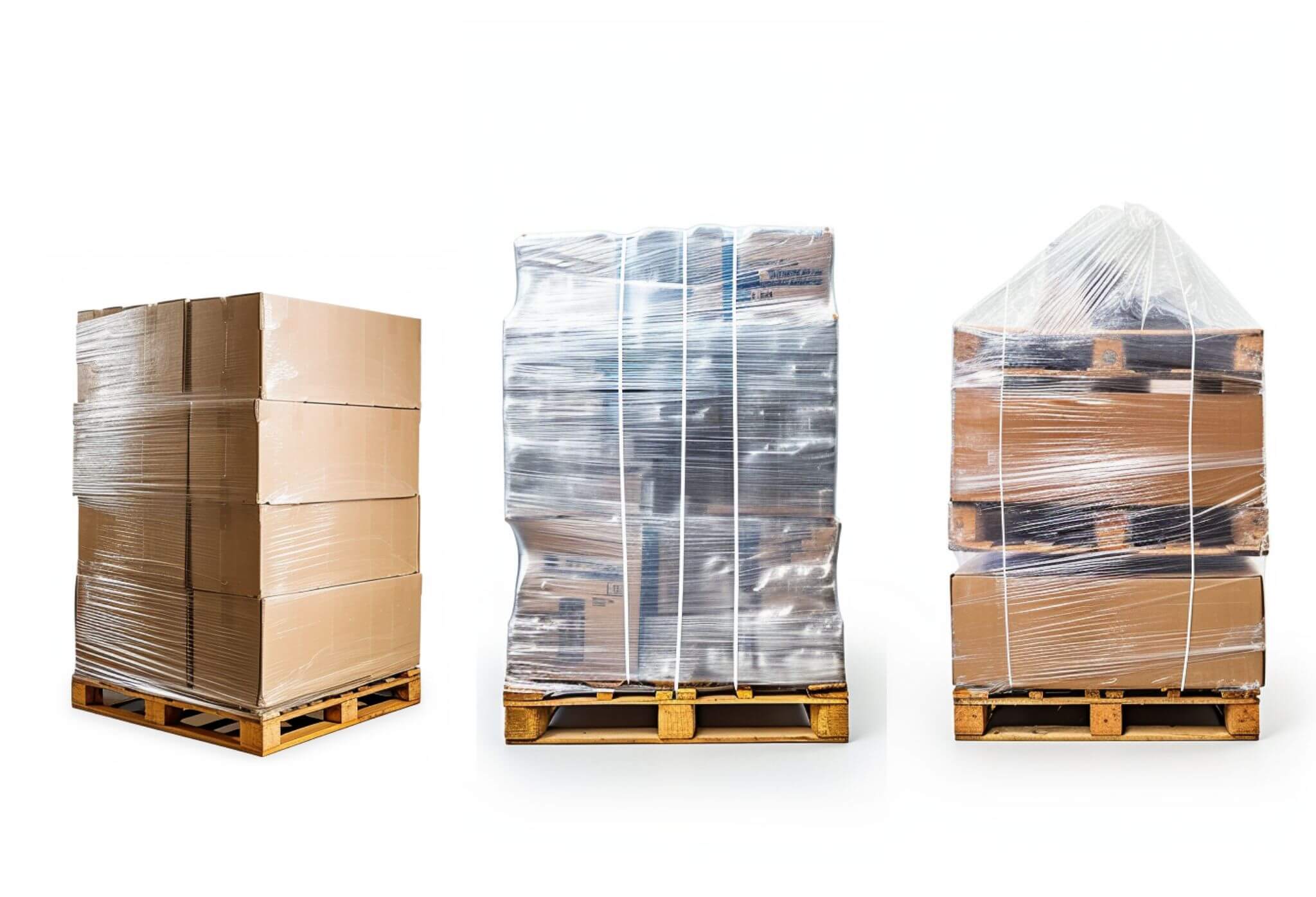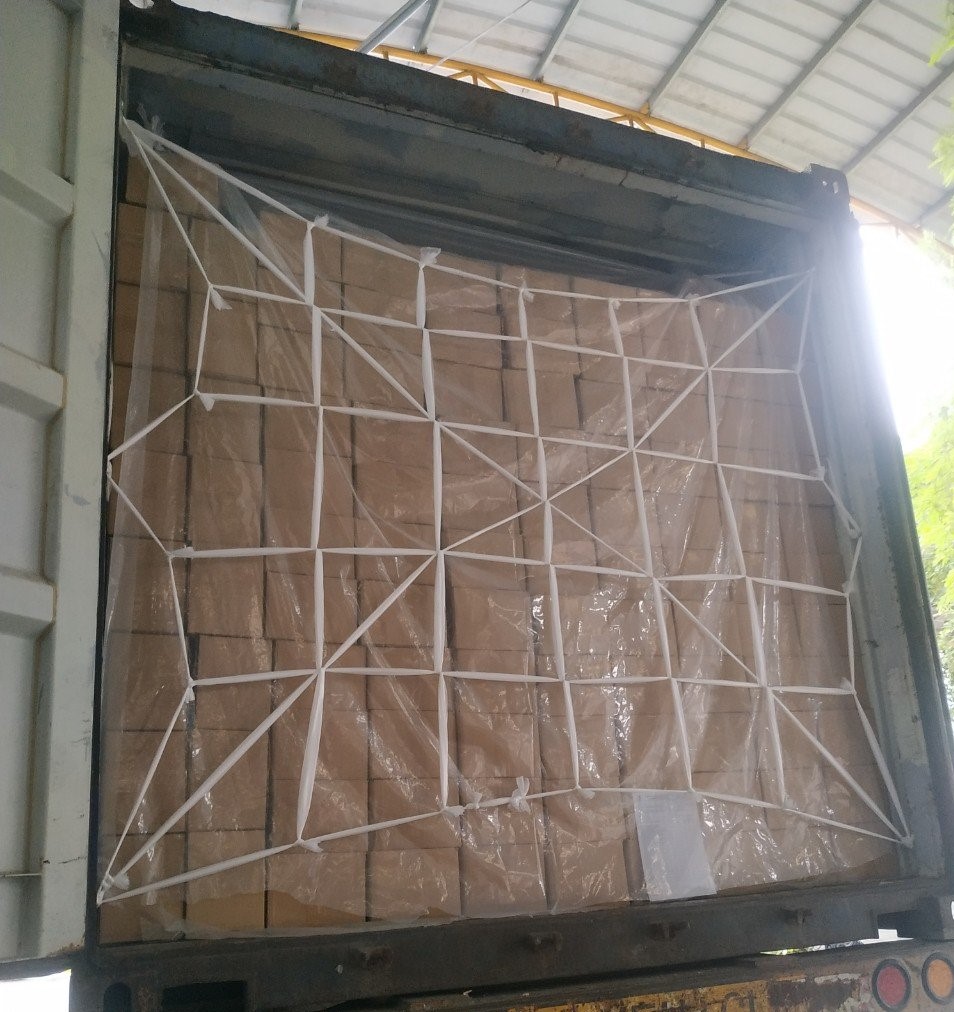The demand for international transportation is increasing thanks to the government’s favored export policy and progress in the preservation of corporate goods. Exporting to foreign countries is no longer too difficult. Businesses are increasingly promoting exports to other markets around the world. To ensure goods are convenient during transportation, businesses need to master international packaging standards.
Goods packaging standards need to ensure many different stages including: inspection process, measuring size and weight of goods.
1- Goods transported internationally need to be packaged according to standards
The moving company is usually the one who will do the packing. However, many businesses have also chosen self-packaging solutions to ensure their goods are safest after leaving the factory. Goods sent abroad will go through stages to ensure common standards.
- Stage 1: Check and measure
This stage is for the purpose of choosing the appropriate packaging method. Goods need to check weight, size, and specifications to calculate and optimize costs.
- Step 2: Choose the packaging method based on the nature of the goods
The method of packaging goods also depends largely on the characteristics of the goods. Here it can be easily understood as the type of goods you send. Differences in physical, chemical, or odor characteristics, etc. will require different packaging methods to suit shipping and customs clearance requirements.
- Step 3: Display information
Goods information is guaranteed to be clear and accurate (classification, name, origin, storage notes, expiry date…)
- Step 4: Show the address on the shipment label
When displaying information about consignees, attention should be paid to the following standards:
- Delivery information sheet must be placed on both the inside and outside of the package.
- Show complete and accurate information of both the recipient and the consignor.
- Need to accurately show the recipient’s address, avoid listing many different mailboxes and addresses.
- If there are other addresses on the goods, they should be removed to ensure the most accurate delivery. Only leave the necessary information for the latest international shipping.
- Labeling and packing slips need to be affixed on the same side as the package.
https://hanpak.com.vn/product/stretch-film/

2- Detailed international goods packaging standards for each product category
Different types of goods need to comply with different packaging standards. Specifically:
- The standard for packaging goods is machinery
Goods that are machinery need to be wrapped in sticky plastic or tightly wrapped in cartons. And packages must be packed on pallets and wooden crates (closed or open) depending on the characteristics of the machine.
- The standard for packaging goods is pictures
Pictures are fragile goods and their quality can be affected by many different factors. Therefore, it should be wrapped, wrapped in wrapping paper, and lined with foam materials. Then re-flatten it with embossed nylon, close the box and continue to close the outer wooden box.
- Standards for packaging special goodsFor special types of goods, there will be separate standards such as:
- Packaging standards for fragile goods
Fragile goods need to comply with separate packaging rules!
There are also requirements for paper wrapping, protection with embossed plastic or foam. However, it is necessary to wrap with 2 layers and then pack carefully on the outside with a carton with 5 layers. Finally, fragile goods warning signs on the outside of the box and on the label are indispensable.
- International packaging standards – electronic equipment
Wrap foam around the electronic device, protecting it with a layer of nylon. Then, pack the carton with at least 3 layers of carton and finally, firmly pack the wooden box outside.
- Standard packaging of goods is wooden furniture
For wooden goods, wrapping in embossed plastic, packing 3 layers of carton and then sticking with tape is mandatory. When packing a box, pay attention to filling the empty spaces of the box when the goods are not completely filled.

Above are international goods packaging standards that business owners or transporters always need to understand clearly. Implementing the correct standards will help transport goods easily, safely and quickly.

